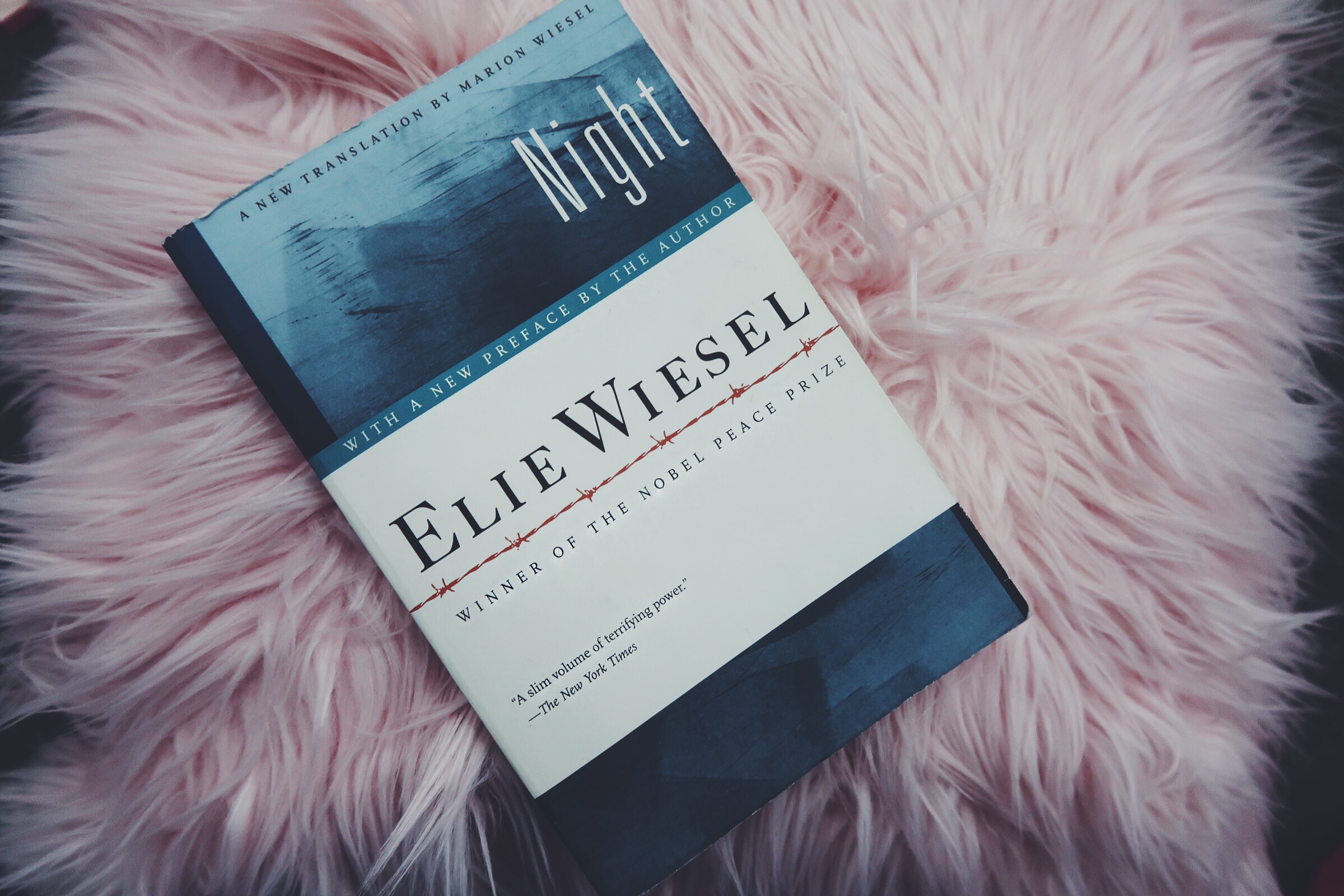Colour symbolism in literature is another whole aspect of the field that should not be overlooked, as knowing what colours symbolize in literature will go a long way to help both the audience and writers (creators) understand each other better.
Those who understand colour symbolism in literature tend to resonate with literary works uniquely.
For instance, unless they are already familiar with what literature says about the colour, the line “blue Peter on empty ships” in Gbemisola Adeoti’s Ambush will be interpreted differently by students because people perceive colours from different views.
Gray, white, black, brown, green, yellow, blue, orange, pink, red, and purple being some of the most common colours will be examined as symbolism iconography in this piece.
Yellow. There are several ideas one could relate to the colour yellow. It basically means energy, creativity, optimism, happiness, and hope. Due to its simple nature, the colour could however also represent cowardice.
Gray. This is the colour that is often associated with boredom, stability, age, and destruction. It is also sometimes used to indicate that something is not clear; confusion.
With respect to the point of confusion, gray is a colour that in a sense converges between colours, making it be used to mean something kind of undetermined or unclear.
White. Ideally, something should come to your mind at this point. The colour white is a colour with which relatively everyone is familiar. You must have a meaning in mind for this colour already, but in the world of literature, white could symbolize virginity, cleanliness, purity, youth, innocence, righteousness, and peace.
As gathered, the colour of some cultures also means mourning. The litterateurs of cultures like this will have to consider settings for symbolism iconography.
Brown. Dependability, dullness, and are closely associated with brown. What’s the point? Brown is the colour of earth, upon which a gazillion of things depends. The fact that it is indeed dependable cannot be overemphasized.
Pink. The chances that your female friend’s favorite colour is pink are high, why do we think this way? Pink is more often than not associated with femininity. The colour could also stand for love and romance.
Black. As is the case with white, we are not unfamiliar with the connotative meaning of black. Pick it from the denotative view; it is something dark!
Hence, we say that the colour black could depict despair, unrest, evil, mourning, depression, grief, and death among others. It is often used in gothic literature.
Blue. This colour can have negative and positive sides. On the positive side, it could mean tranquility, serenity, comfort, and calmness.
On the negative side, it could depict sadness (You’d hear— I’m feeling blue), depression, and melancholy.
It could also refer to isolation, which is not completely negative or positive.
Orange. Being the closest colour to fire, we say orange can indicate heat. In literature, however, orange is generally associated with energy, creativity, excitement, and joy.
Red. It is rather inherent, and one doesn’t have to think so much about it, to say that red means danger. There is a way this appears to be subliminal in the colour itself. By the way, red could also signify desire, evil, violence, passionate lust and love, and caution (the colour draws attention easily).
If I’m asked, I would suggest that we enclose colours red, black, and blue in parentheses for easy recollection of their significance, because the three largely interrelate.
Purple. And here comes his Majesty! Purple is the colour of royalty, wisdom, luxury, bravery, spirituality, and transformation, to mention but a few of the various social mobility and wealth-related terms it can symbolize.
Green. There are more than two colours suggesting peace, among them is green. It also suggests growth (this is peculiar to the colour), jealousy, rebirth, renewal, and relaxation.
The Importance of colour symbolism in literature

- To attain brevity
Notice that poets are more fond of using colour symbolism in literature than all other kinds of writers. One reason for this is that they want to achieve brevity. You don’t want to go all the way, describing death? Then merge the appropriate gothic colours and do some blending with your creative mind.
- To hide your message
You really do not mean to stress your readers, but by allowing them to think critically before understanding your message, you stand a chance to make it indelible in their minds. Plus, colour symbolism can do some innuendo.
- For aesthetic purposes
Literature is not just beautiful. The process has not been automatic; it is a result of the application of several literary techniques including colour symbolism.
This practice is peculiar to literature because you’d hardly find it anywhere else. Quite certainly, not in Maths.
- Appear more knowledgeable about your field
Finally, it is what it is. When we use colours in passing messages to others because something special associated with that colour is only privately known between the sender(s) and receiver(s), then it is a quite surreptitious way to pass messages.
Read Also: The Simple Definition of Literature
The challenges of colour symbolism in Literature

Even though representing some of the ideas and thoughts in your literary works with colours can make you appear more natural and professional, there are downsides to the act, and they should be considered.
- Confusion
The connotations of colours are often ambiguous. If ambiguous spoken and written words could face destructive criticism, how much more a colour that doesn’t say anything and has more than a reasonable amount of meaning?
It’s fine, you may not be perturbed about people’s criticisms but why not play your role of being concise yet clearly understood?!
For instance, white means Peace and so also does Blue. On the other hand, blue means sadness, and white means marriage. Being asked to interpret what each colour symbolizes, as a result, may be very herculean.
In most cases, therefore, it is agreed that only the user of a colour knows the appropriate meaning of the colour.
- Cultural Difference
Culture is another thing that could influence people’s interpretation of any given culture. As a matter of fact, it is one important factor. If a person for instance has always only noticed that the dead are buried with white fabric and nothing else, he cannot have the same interpretation of white as another person (perhaps a child) who has always seen angels in movies in white.
This is just a direct and an imagined scenario but similar cases are happening. People as a result may not get your intended point as a writer or artist.
A clear instance to underscore this, is England’s view of green differing from Ireland’s. In England, an additional meaning to green is myth while it’s luck in Ireland.
In some cases though, a colour may have a central connotation that anyone regardless of their background understands. Green means growth everywhere.
- Undetermined Writer’s Intent
While literary appreciation may be done by ignoring the writer’s intent and focusing on the text of a work literally, it is important to remind ourselves that the beauty of literature goes beyond the intrinsic or extrinsic factor; it has to be the combination of both.
Judging the work without seeking the writer’s intent is another way to paralogize, and if the writer’s intent is not known—with respect to colour symbolism in literature— we cannot be sure whether all colours in their work are to be taken literally or not.
- Many don’t study colours
People can very much rely on their instincts and hearsay!! See:
I was in the library a few days ago and a girl walked in and came straight up to me. We knew each other on campus before then. She has not been a good reader; or bookworm, but she is willing to be one, so she needed me to recommend a good book for her to start with. We walked up to the shelves and at the time I was not fully myself as the book I was working on had left me with a train of thoughts. The category of books I always walk up to have been literature, English, and Philosophy, for some time, so I took her there.
I picked a literature book and it turned out to be William Shakespeare’s Romeo and Juliet. She jumped on her foot elated. Her remark was that she’s heard about the book, it’s very romantic and so on… With her words I knew she had only heard of the good parts of the book so I asked her if she knew what killed Romeo. Only then did she stop smiling. She didn’t know if anyone died in the book, just the way everyone who has not read it thinks—it’s a romantic story. LoL!
With regards to not studying colours, the young lady’s previous knowledge would have made her take any red colour on the book’s hardcover for love and not blood, danger, or violence.
As a literarian, you must understand that literature is open to everyone (not only people in your field), and as such your work may not be easily understood by all when connotations (especially of colour forms) are used. Meanwhile, not every literature student or enthusiast takes time to know what each colour could represent.
Final Thought
Colour symbolism is an integral aspect of literature that needs to be understood by every literature enthusiast. This is because It can significantly contribute to your view of literary works.



